The morning after the raucous Spirit of Speyside Whisky Festival’s opening dinner dawned cold, wet, and blustery. It wasn’t the weather I’d hoped for, but when in Scotland you take what the weather gods give you and get on with your plans. My plans for the second day of the whisky festival centered on following the old paths of whisky smugglers in the Glenlivet hills.
As I left the warmth and comfort of Trochelhill B&B Country House and said goodbye to my dad, who was coming down with a cold, I made the wet drive to Speyside and up into the Glenlivet Hills above the distillery where the rain also took on the guises of sleet and snow. There I met Charlie Ironside, a badass human being. He was born in nearby Craigellachie and moved to Glenlivet 20 years ago where he was a policeman in another life. These days, Charlie and his wife Susan run Glenlivet Hill Trek, and they’ve put together several different tours of the Glenlivet Hills that utilize strange vehicles called Argocats. Let me explain, because if you’re anything like me before I signed up for this tour, you’ve never heard of an Argocat. Argocats are low-slung all-terrain vehicles designed to best any environment, from boulder-strewn mountainsides to unstable flood plains to boggy Scottish moors.
Charlie’s Argocat, nicknamed Monarch of the Glen, is a sweet eight-wheeling mini-tank outfitted with a rollover protection system, winch, windshield, and thick plastic flaps to keep the weather out, a feature my companions, a couple from Kentucky, and I were thankful Charlie had added given the day’s weather. I would soon learn that the hills can be a dangerous place, and the fact that Charlie chose a vehicle that’s actually built and driven like a tank over the more common Range Rover was a juicy bit of foreshadowing.
The three of us clambered into the Argocat with Charlie, tugged our coats a bit tighter, and began the slow and noisy trek up the hill. Argocats aren’t fast or quiet, but they are sure-footed and that is top priority in the hills where mucky ruts and thick brush threaten to kill your progress. As we trekked around the crown of the hill later on, Charlie pointed out seemingly innocuous patches of light-green lichens that were actually invisible pools liable to suck a hiker down into its dark depths or swallow an Argocat whole. Not only do you need access to the Crown’s Glenlivet Estate, as Glenlivet Hill Trek exclusively has, you also need to be able to read the land to avoid such perils.
Charlie was a font of local information as he guided us along the Robbie McPherson smugglers’ trail and across Blairfindy Moor as low clouds smudged out some of the more expansive views. While the hills look empty, they’re just as heavily managed as lowland farms and used primarily for grazing sheep, grouse hunting, and forestry. Gamekeepers comb the hilltops, organizing moor burns which invite grouse, while the sheep mop up the ticks that would otherwise hurt those grouse. On the way up the hill we stopped at the site of the original Glenlivet Distillery where a monument had been erected.
The hills were rife with wildlife. By my count, we spotted nine roe deer, a grouse, three pheasants, two mountain hares, two whitetail rabbits, and five large brown hares. It’s not uncommon to see some of these animals down in the more well-trafficked areas of Scotland, but being up in the hills was an entirely different experience as it really felt like civilization simply hadn’t made it this high up yet.
We continued rumbling up the hillside as snow showers pelted the Monarch’s flaps. At the top of the hill, 1,600 feet, Charlie parked the Argocat and produced a flask for his riders’ dram break. Drinking Dewars’ 18 in the heights of the Glenlivet Hills as snow blew around us and beautifully obscured views of the Glenlivet Distillery was a Moment. Behind the distillery rose snow-capped Ben Rinnes in a cloudy gray sheath.
Whisky distilling has a long and bloody history in these hills. It’s believed that people have been distilling whisky in Scotland for more than 500 years. As the spirit became more popular, in the late 17th century, the Scottish parliament started taxing it. After the Act of Union with England in 1707, taxation ramped up and distillers went underground to avoid the heavy taxes. Thus began illicit distilling and the ugly war between excisemen and distillers that resulted in the confiscation of 14,000 illicit stills each year by the 1820s. Despite this incredible number, more than half of all whisky consumed was still produced by illicit distillers.
These peaty hills would have been rife with illicit stills – possibly as many as 500 – and while we tread across the hilltops and around hill crowns, most smugglers would have kept to the valleys where they could remain hidden from sight. This area would have been the Scottish equivalent of the Wild West. Ultimately, the Excise Act of 1823 allowed the distilling of whisky for £10 fee, and smuggling nearly went extinct over the ensuing decade.
We curled around some hills and made our way to a small stone bothy that Charlie had refurbished for his tour’s picnic spot.
The interior of the bothy was decorated with whisky paraphernalia and old replica (?) equipment. A small table stood in the center of the cozy space and Charlie had arranged it for lunch by candlelight. The bothy was a welcome relief from the elements, and I enjoyed the delicious laird’s lunch of venison pie and other tasty sides, which came packed in a zippered wicker basket. Thermoses of tea and coffee and a dessert of black bun and Glenlivet 12 wrapped up our tour of the smugglers’ trail.
I had an amazing time on the tour; I can’t recommend it highly enough. Rambling over the hills was unique and atmospheric, Charlie was knowledgable and attentive, and riding in the Argocat alone was a novelty. Charlie is an amazingly nice person, the kind that makes an experience great simply by being in his presence. What he and his wife are doing with Glenlivet Hill Trek is a service to whisky aficionados, but also to nature lovers, history buffs, and Scotophiles. Next time you’re in Speyside, give Charlie a shout and have a badass time.
Disclosure: Charlie and the Spirit of Speyside Whisky Festival provided me with a complimentary spot on the Glenlivet Smugglers’ Tour. All thoughts and opinions expressed here, as always, are my own.

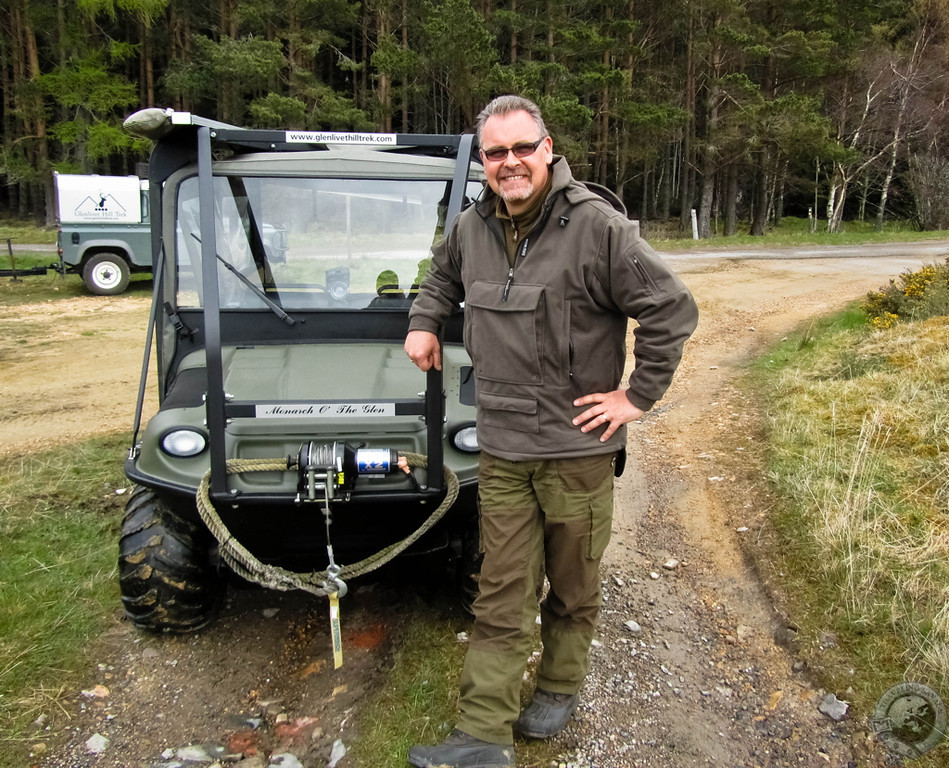
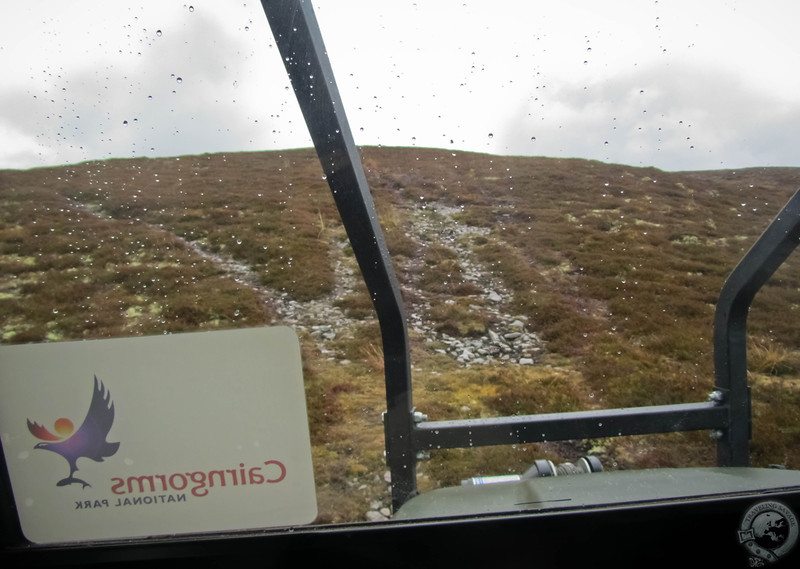
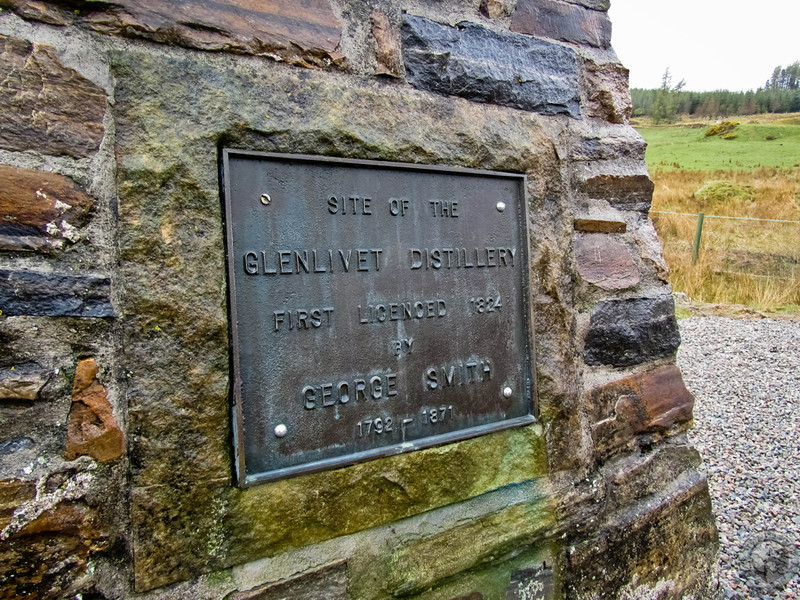
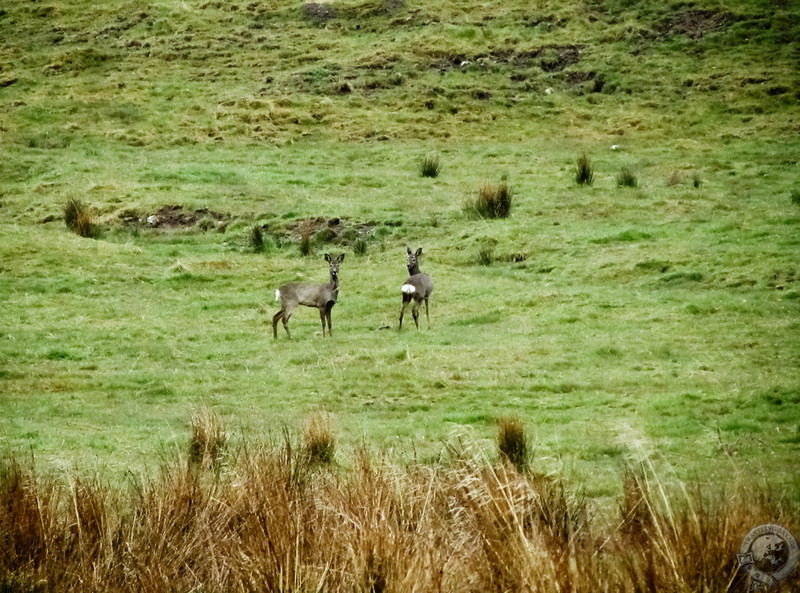
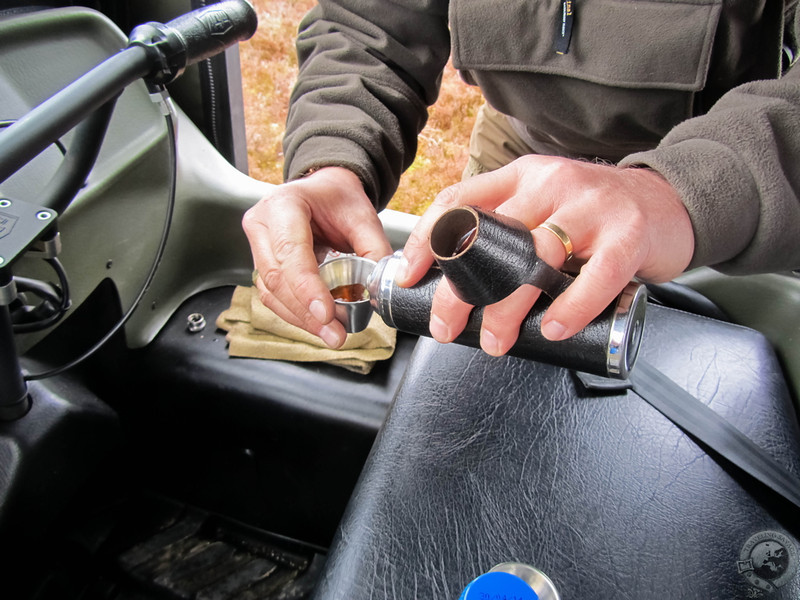
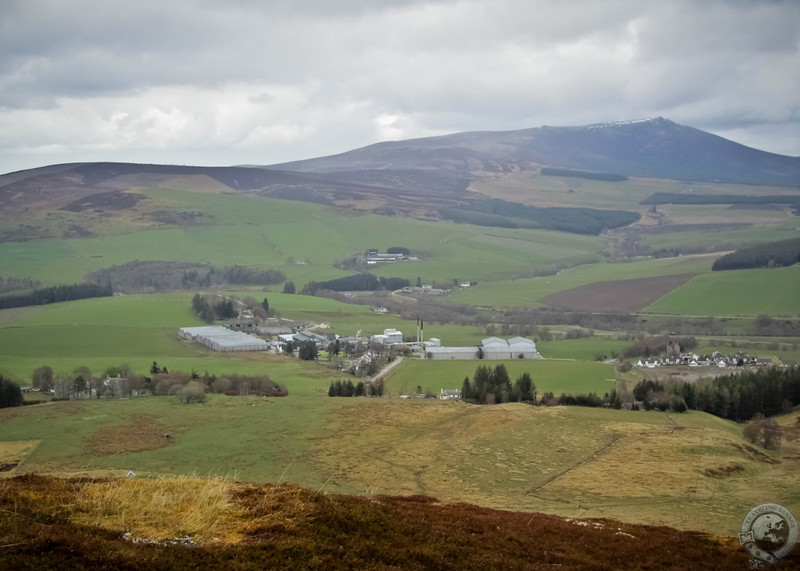
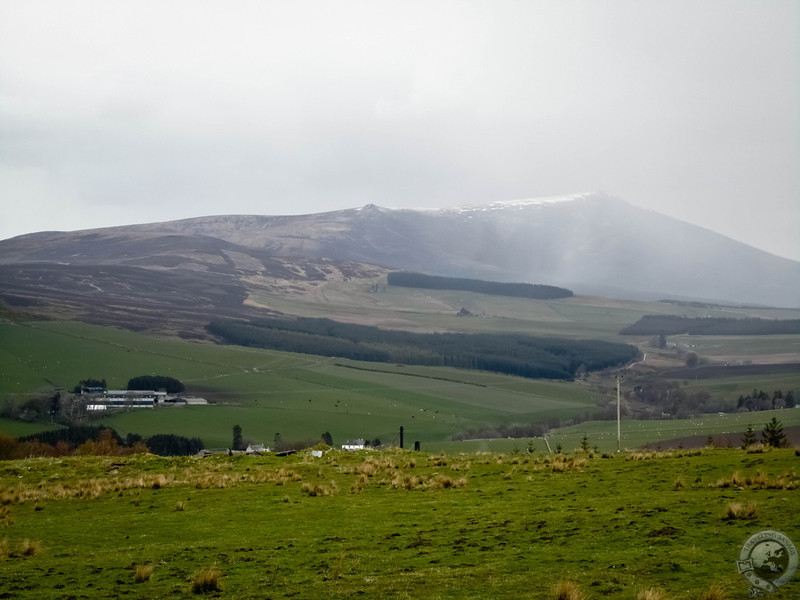
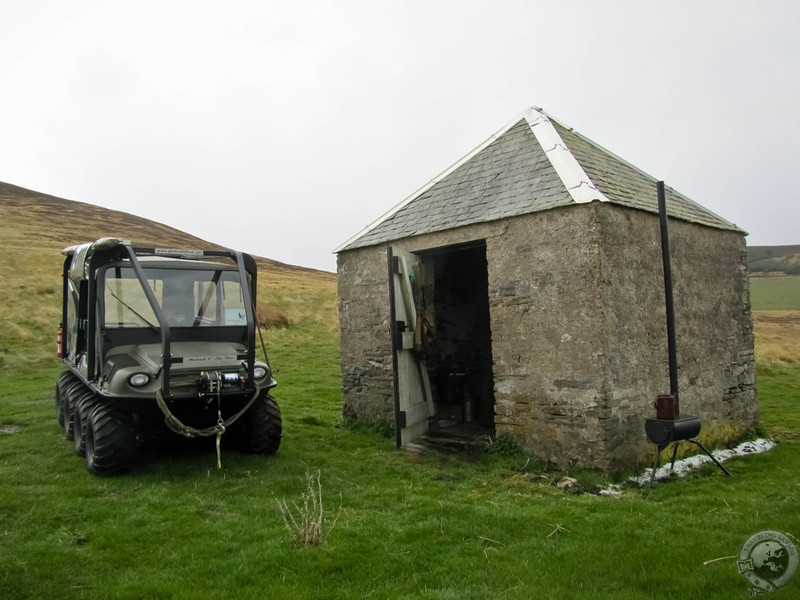
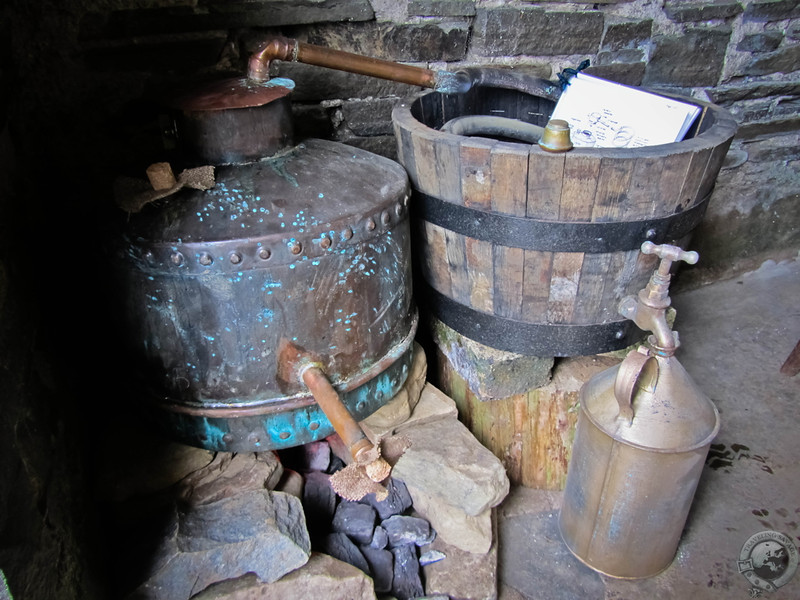
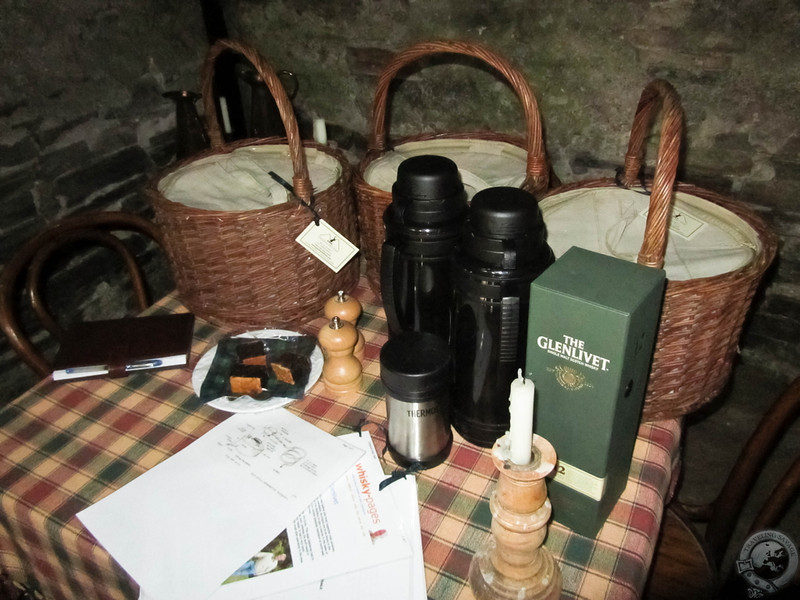
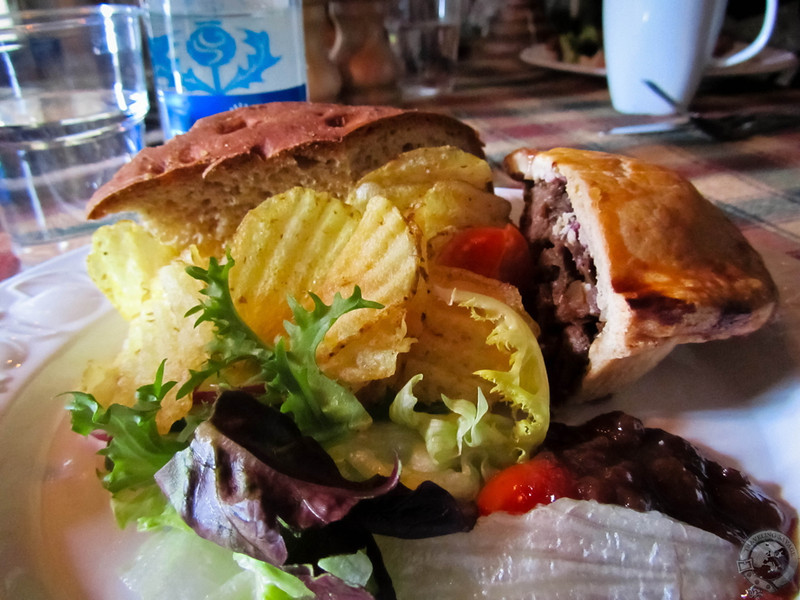
What a great adventure and so true about the weather! Lunch looked wonderful! I’ve share this with my Facebook fans at http://www.facebook.com/TartanRush . Thanks for sharing the story!
Susan
Thanks Susan!
Would Charlie share his recipe for venison pie, I wonder? Those wild hills look mysterious and inviting. Sounds like a wonderful time. The dram of Glenlivet must have tasted pretty good in that wild climate and environment.
Who knows? Maybe he’ll respond here.
Hi Ken,
Marinade cubed venison in red wine, crushed juniper berries, sliced onion and carrotts for up to three days, turning about every 12 hours, keep in refridgerator.
Slow cook the meat with some of the marinade wine. Place some of wine marinade into a pan with melted blackcurrant or cranberry preserve and reduce. To thicken, mix cornflour with a small amount of water, and then add to the wine and preserve mixture. Mix meat and small amount of gravy together, season and spoon into a precooked shortcrust pastry base. The top of the pie can either be puff pastry or shortcrust. Brush the pastry with egg. Cook until pastry golden brown.
Thanks for your review Keith, we’re glad you enjoyed your time with us in spite of the snow showers and cold. We will perhaps see you in the Highlands of Scotland again next year.
Regards,
Charlie and Susan
Glenlivet Hill Trek.
My pleasure, Charlie, and thanks for sharing your recipe.
Best wishes,
Keith
Thanks very much, Charlie. The recipe looks great. I especially like the juniper berries. They’re used in some southwestern Native American dishes, too. This will be great fun to make at a family gathering. I’m sure it will go well with a dram or two of The Glenlivet.
So jealous of your trips… going over those hills, tossing back the spirits… can life get any better?
You make a good point, in that no, life does not get better than this. Thanks for reminding me of that.
What a great way to explore the Scottish whiskey history. As an outdoor enthusiast, I love the ruggedness and beauty of the hills. Am so looking forward to adding Scotland to my long list of visited countries.
Don’t just add it to the list, make it your next destination.
Those Argocats are made in Ontario, Canada. If I’m not mistaken, they started out as an all terrain vehicle for the Canadian Army. They’ve been around for quite a while here in Canada 🙂
That tour sounds like a lot of fun, and it looks like the view alone is worth the trip. I’d like to take it the next time I’m in Scotland.
It was an amazing experience. Charlie puts on such a great trip – don’t miss it next time, Randy.
Hi Randy,
Yes the Argocats are made by Ontario Drive and Gear Ltd, New Hamburg, Ontario. They’ve been around in Scotland since the mid 70’s mostly used on shooting estates for hill work and on boggy ground. They really are the only vehicle fit for our purpose and so far we’ve had no issues with them. Thanks for the kind comments regarding our scenery. Hope to see you in Scotland sometime in the future.
Regards,
Charlie Ironside
Glenlivet Hill Trek.
The Argo is a durable, and versatile machine, proudly made in Ontario. We used them back in the 70’s to haul our moose out of the deep bush and swamps of Northern Ontario. The days when we were hunt and snowmobile guides. They also helped explore for developing trails which are snowmobile highways today.
BTW, Keith, took your trip in my mind, as you so eloquently joined us in your adventure.
Hi Brian. Thanks for the backstory on the Argocat. Glad you enjoyed this piece!
Hi Keith,
Just a quick line to congratulate you on your recent award at the 2013 Spirit of Speyside Whisky Festival.
Regards,
Charlie Ironside
Glenlivet Hill Trek.
Thank you, Charlie! It is such an honor to be named international whisky ambassador, but I couldn’t have earned the award without the opportunity to experience and write about all the amazing activities in the region, like Glenlivet Hill Trek. I hope all is well!
Best,
Keith